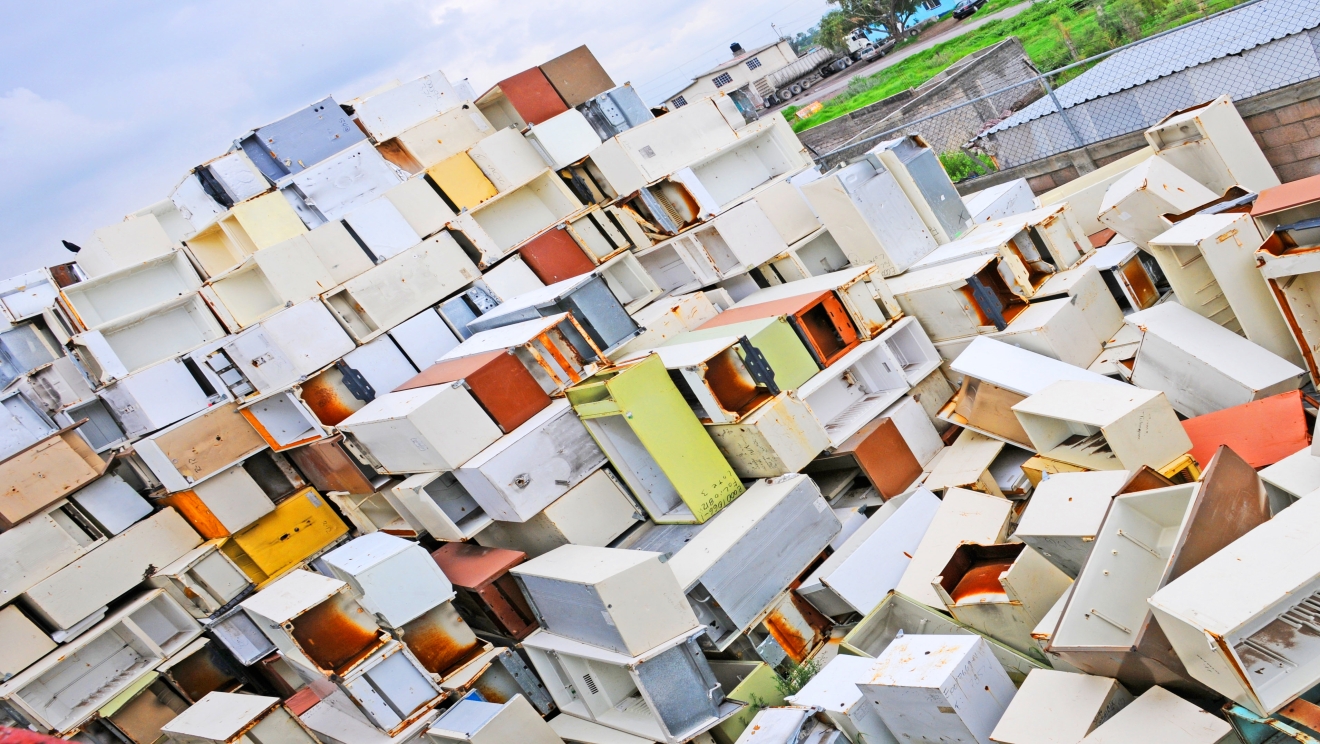

Mexico helps protect the climate by destroying ozone-depleting substances
29 November 2017 Danilo DE OLIVEIRA PEREIRA
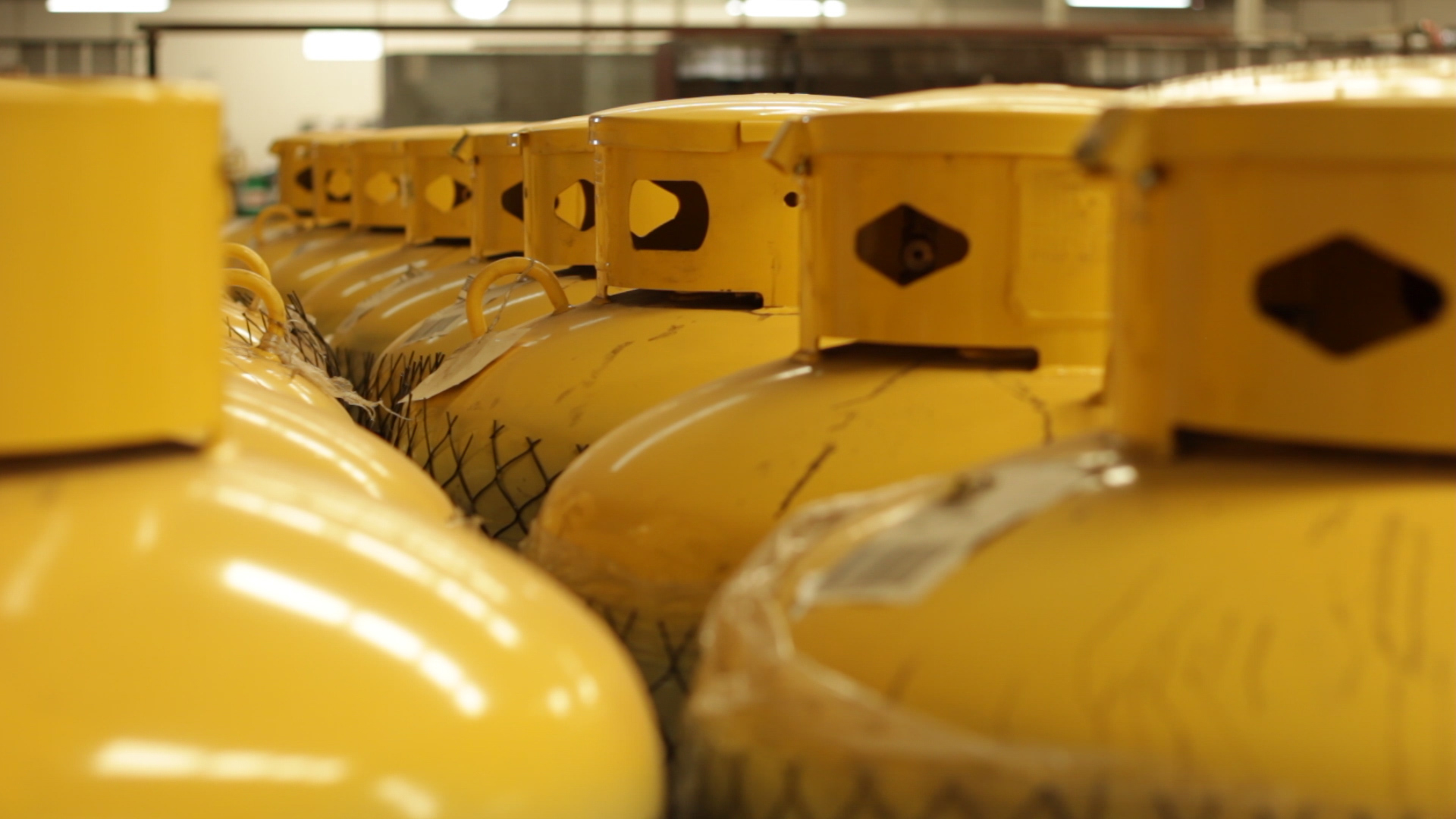
It is highly likely that 2017 will be one of the three hottest years on record. It comes as no surprise that this rise in average global temperatures is a consequence of the release of greenhouse gases (GHGs) in the atmosphere. What is not widely known is that extremely large amounts of these gases remain improperly stored in several countries which lack the infrastructure to destroy them.
The stockpiling of a significant part of those chemicals is a consequence of one of the world’s most celebrated environmental treaties: The Montreal Protocol on Substances that Deplete the Ozone Layer. Established in 1987, it has been remarkably successful in reducing the consumption and production of ozone-depleting substances (ODS), putting the ozone layer on the road to recovery. Because these substances have a high global warming potential, the implementation of the Montreal Protocol has also helped slow down climate change.
The treaty initially focused on phasing out chlorofluorocarbons (CFCs), chemicals that were widely used as refrigerants, solvents and blowing agents and in aerosols. However, because CFCs were so important to several industries, they could not be simply eliminated. Replacement gases had to be used. Their main substitutes for CFCs are hydrochlorofluorocarbons (HCFCs) and hydrofluorocarbons (HFCs), which unfortunately also have enormous global warming potential.
The process of phasing out these harmful chemicals can represent a challenge for many developing countries which may not have the technical capacities necessary to safely collect, transport and destroy these substances. As a consequence, countries holding large amounts of ODS banks have to send these gases to developed countries where they can be destroyed.

The situation was no different in Mexico where ODS have been phased out through different programmes and, as a result, unwanted ODS banks have been stockpiled for a long time.
“After months of legal, logistic and economic arrangements, some owners of contaminated ODS shipped them to the United States for destruction under a voluntary carbon market scheme,” explains Agustín Sánchez Guevara, Coordinator of Mexico’s Ozone Unit.
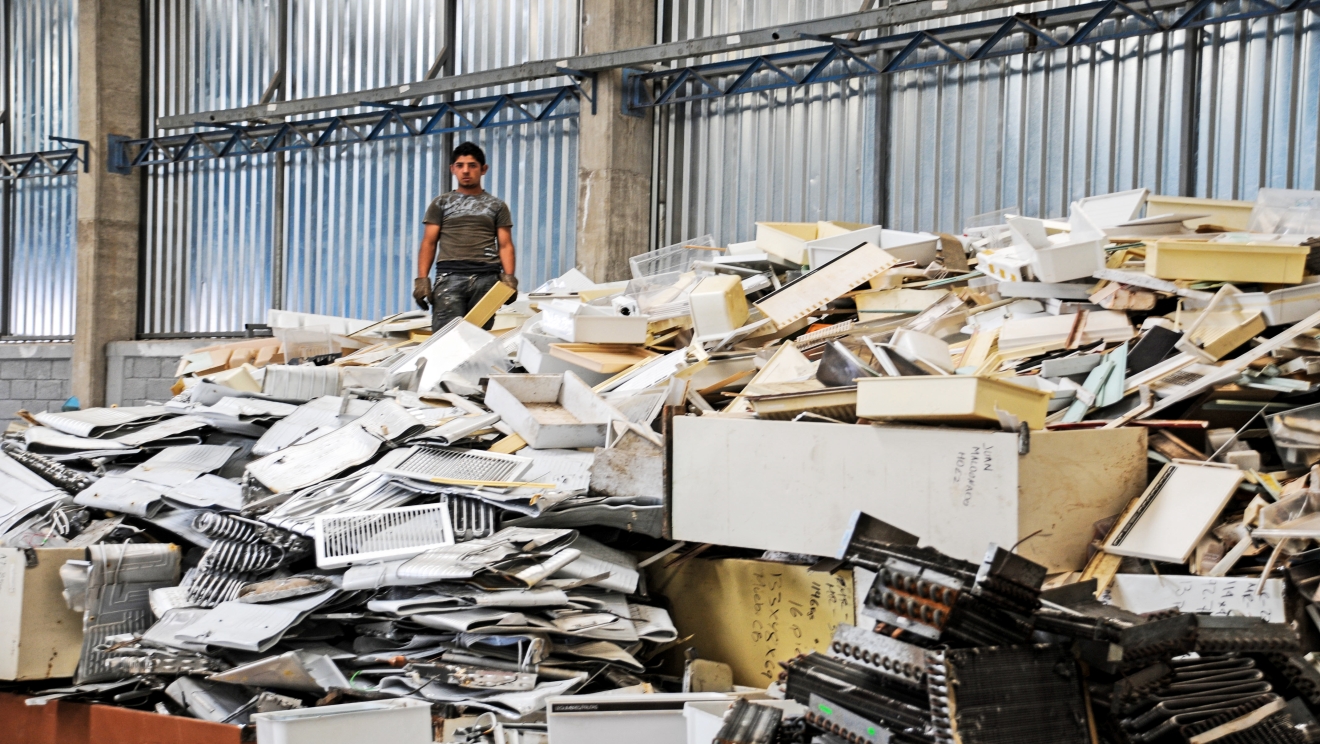
The solution of exporting the ODS to the US was complicated by the fact that, in Mexico, unwanted ODS are classified as hazardous wastes. They have to be consolidated, transported and handled by fully certified companies in possession of all the required permits.
“The process to handle and transport these substances to another country is very complex and expensive. As well as having to comply with Montreal Protocol regulations, there also has to be compliance with the requirements of Basel Convention and other environmental agreements between USA and Mexico,” says Sánchez.
Collecting, transporting and destroying ODS is a difficult and dangerous process. Gases can leak from storage containers and equipment during transport or destruction.
In order to assist Mexico in developing the necessary infrastructure to store and transport the ODS gases and dispose of them in an environmentally-friendly manner, the United Nations Industrial Development Organization (UNIDO) collaborated with the Governments of Mexico and France to implement a demonstration project for ODS destruction. The project had financial support of $1.4m from the Multilateral Fund for the Implementation of the Montreal Protocol.
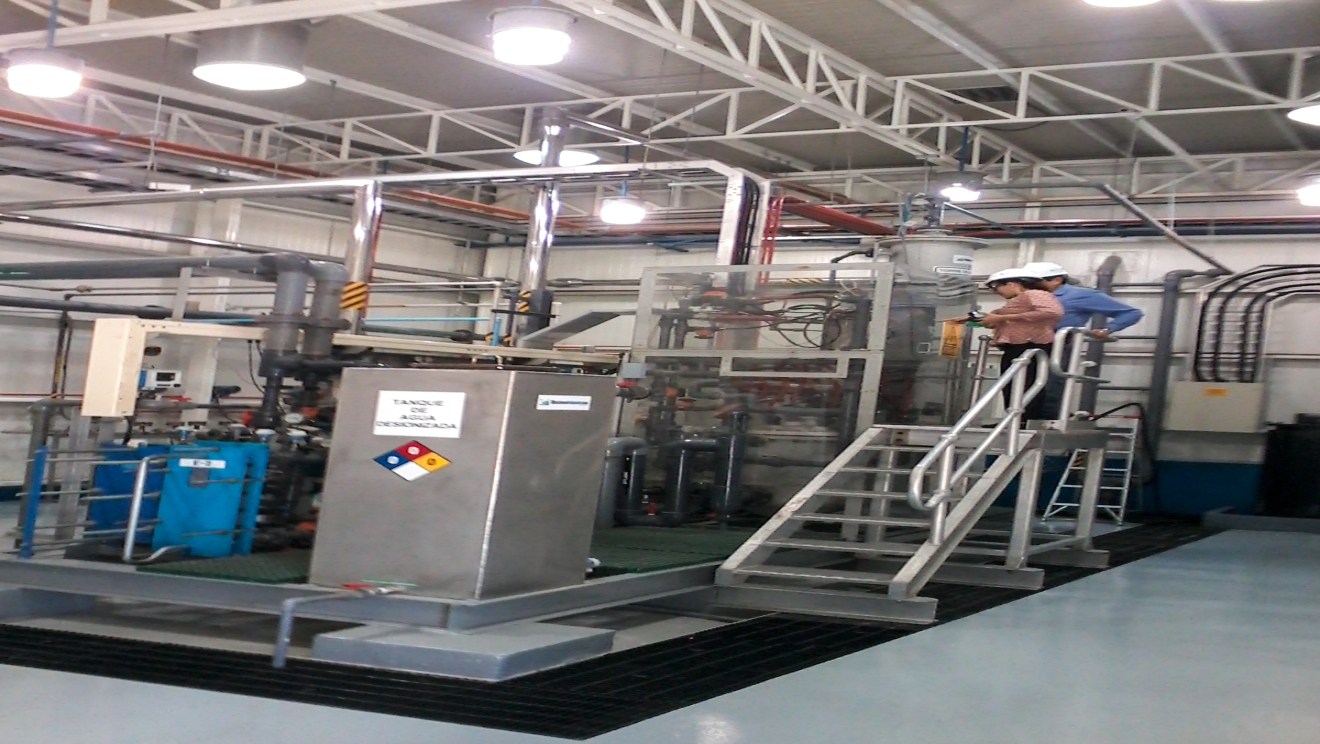
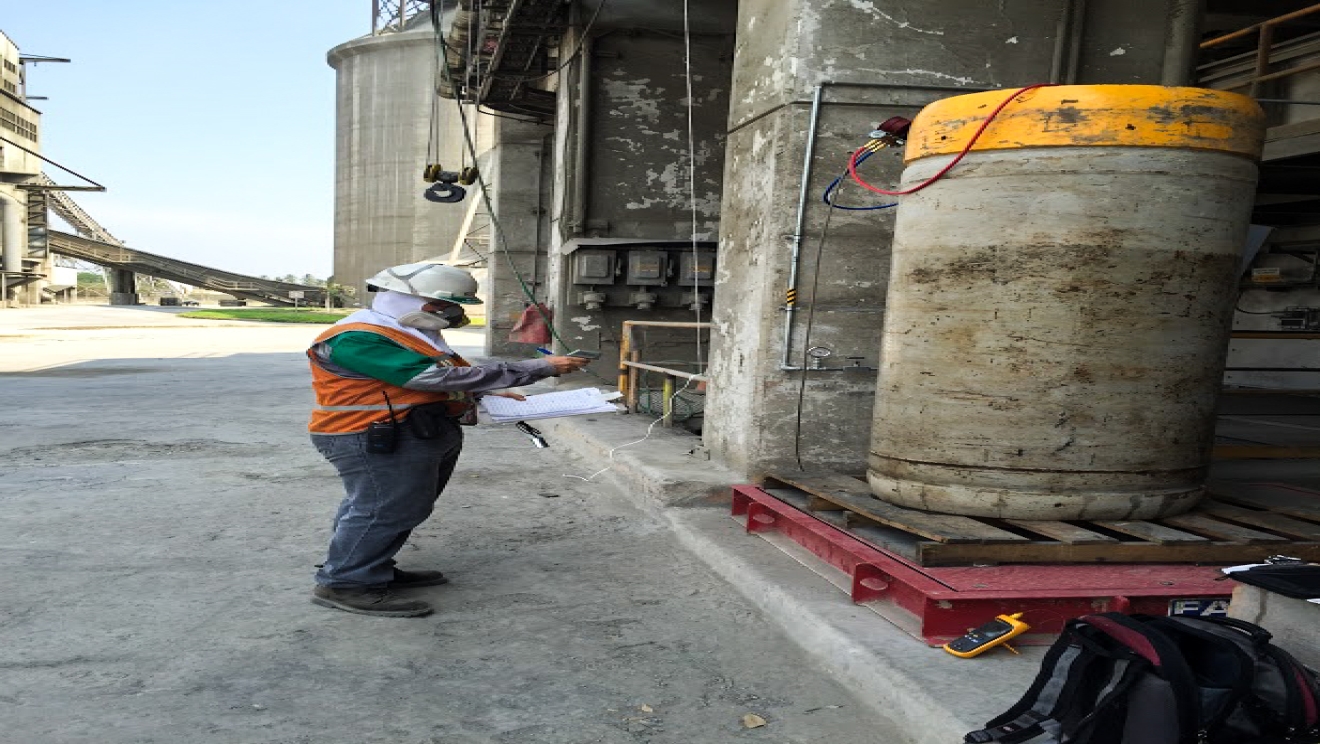
UNIDO identified a list of requirements for transportation that were in compliance with national and international standards and trained technicians involved in the ODS collection and transportation process. The organization also conducted workshops to train customs and other officials to deal with the illegal trade of ODS.
Most importantly, the project also encouraged the first Mexican facilities to obtain the necessary authorizations to destroy ODS, allowing the substances to be destroyed in the country for the first time. The combined actions led to the destruction of 113 tonness of ODS and, consequently, avoided potential GHG emissions equivalent to the CO2 emissions produced by 140,000 fossil-fuel powered vehicles during one year.
“The project proved that with solid technical assistance and access to the necessary funding, developing countries can develop the technology to destroy ODS,” said Riccardo Savigliano, Industrial Development Officer at UNIDO.
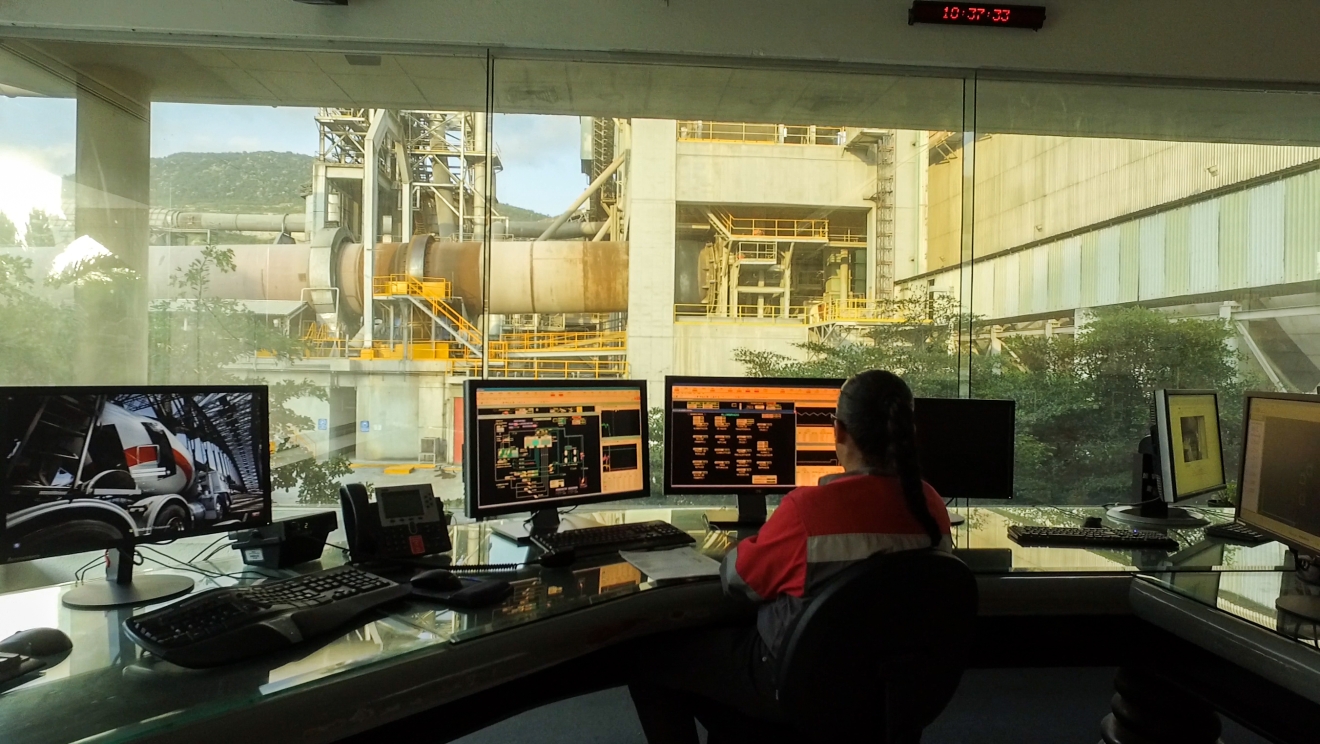
Following the project’s success, UNIDO also organized a series of events in order to share project outcomes and lessons learned, and to transfer results, including a study tour with representatives from several Latin American countries.
“The whole region stands to benefit from the project, since now neighbouring countries have the opportunity not only to export ODS to Mexico and reduce their costs in dealing with the substances, but also to attempt to reproduce the efforts made in Mexico and start destroying ODS,” he added.
Properly managing existing and future ODS banks will be essential to avoid the release of greenhouse gases into the environment and keep global warming under the threshold of two degrees Celsius set by the Paris Climate Agreement.
Find out more: